Tooth loss changes much more than the way we smile. It affects how we eat, the way we speak, and even how we feel in social situations. For people missing most or all of their teeth, dentistry now offers something far more advanced than traditional dentures: the All on 6 implant system. This treatment is often described as life-changing, but it isn’t a one-size-fits-all answer. Like any medical decision, it comes with strengths and limitations. Below, we take a closer look at the pros and cons of All on 6 implants, without the sales pitch so you can understand whether this option fits your needs.
What All on 6 Really Means
Instead of replacing each missing tooth with a single implant (a costly and lengthy process), the All on 6 method uses six strategically placed implants in the jawbone to support a full arch of fixed teeth. Think of it as building a strong foundation with fewer, well-positioned supports.
The result is a set of permanent, natural-looking teeth that don’t shift or click like dentures. But while this might sound ideal, the reality is more nuanced.

The Advantages of All on 6 Implants
Stability That Feels Natural
Six implants spread across the jaw create a firm anchor. Patients often say it feels like “getting their own teeth back,” because chewing, biting, and even laughing become effortless again.
A Smile That Lasts
Titanium implants integrate with the bone, and when cared for properly, they can last decades. The prosthetic teeth attached to them are also built for durability and can be replaced without removing the imp
lants themselves.
Health Benefits Beyond the Smile
One of the most overlooked benefits is bone preservation. Without teeth, the jawbone gradually shrinks. Implants stimulate the bone just like natural roots, helping maintain facial structure and preventing the “sunken” look often associated with dentures.
Faster Transformation
In many cases, patients walk out with fixed provisional teeth within 24–48 hours of surgery. That immediate boost to appearance and confidence is hard to put a price on.

The Limitations and Challenges
The Price Barrier
The upfront cost is significant. Compared to dentures, All on 6 is a major investment. For many, though, the calculation is long-term: a single, durable treatment rather than years of denture replacements.
Not for Every Jaw
Adequate bone density is essential. Patients with severe bone loss may need grafting before implants can be placed, adding both time and expense.
Surgery Is Still Surgery
Even though it’s less invasive than placing dozens of implants, this is still a surgical procedure. Recovery is generally smooth, but it requires patience and commitment to aftercare.
Fixed Means Fixed
The prosthesis is not removable by the patient. For most, that’s a benefit. But for those who prefer the flexibility of taking their teeth out, it can feel restrictive.
Who Stands to Benefit Most?
All on 6 implants tend to be best suited for patients who:
-
Are missing most or all teeth in one arch.
-
Want a permanent solution, not a removable one.
-
Are in good general health and capable of healing after surgery.
-
Value stability and function as much as aesthetics.
It’s also a strong choice for those frustrated with dentures that move or limit their diet.
Pros and Cons of All on 6 Implants — Summarized
Pros
-
Secure, stable bite
-
Long-lasting solution
-
Prevents jawbone shrinkage
-
Natural look and feel
-
Quick initial results
Cons
-
Higher initial cost
-
May require bone grafting
-
Involves surgery and healing
-
Prosthesis is fixed, not removable
Final Thoughts
When weighing the pros and cons of All on 6 implants, the picture becomes clearer: this treatment offers life-changing stability, aesthetics, and comfort, but it isn’t for everyone. The investment is higher and the procedure involves surgery, yet for many patients the benefits far outweigh the drawbacks.
The best way to know if it’s right for you is through a consultation with an experienced implant dentist. Your jawbone condition, health status, and personal goals all play a role. In the end, All on 6 isn’t just about replacing teeth, it’s about regaining confidence, function, and quality of life.

